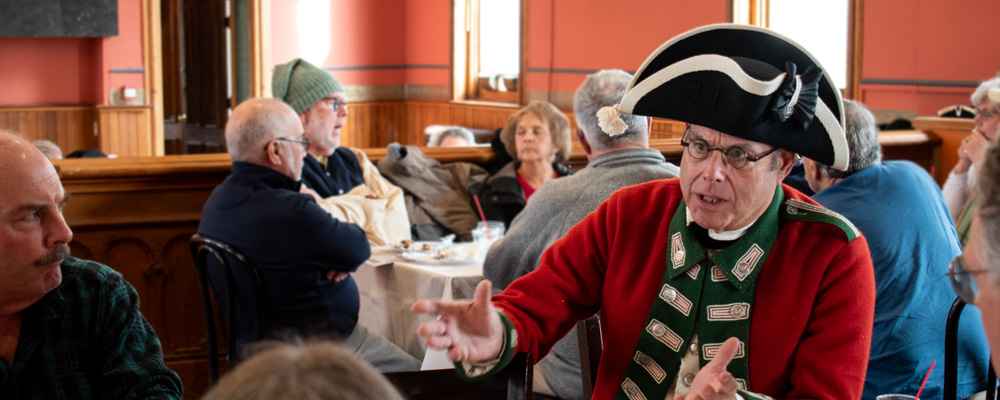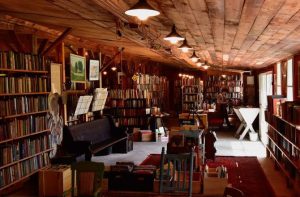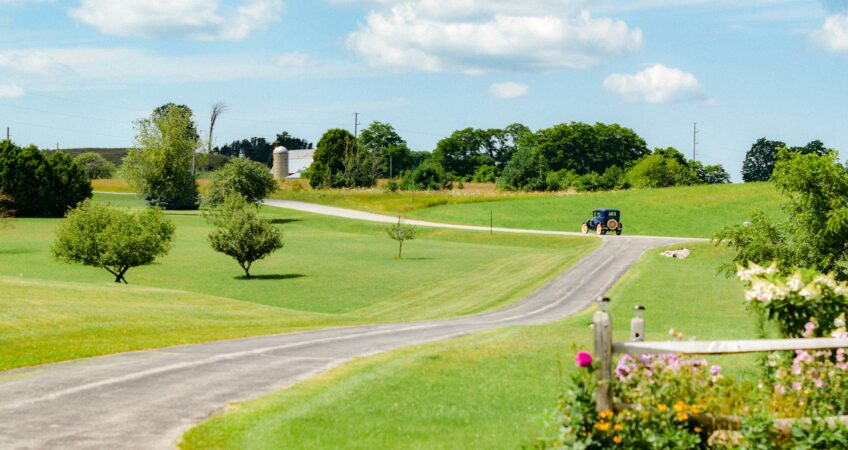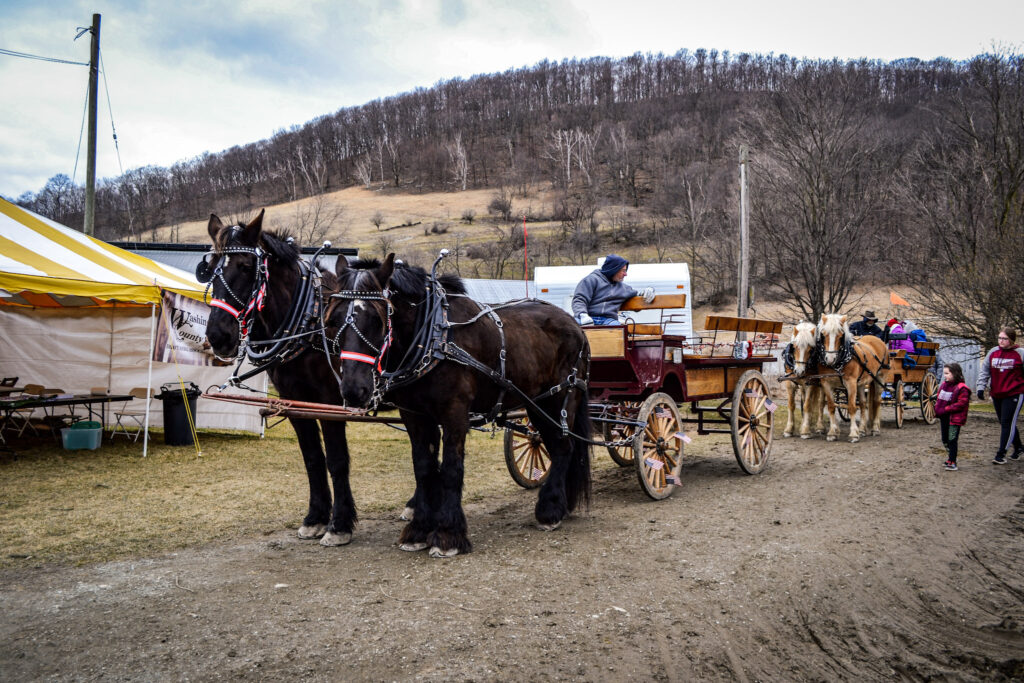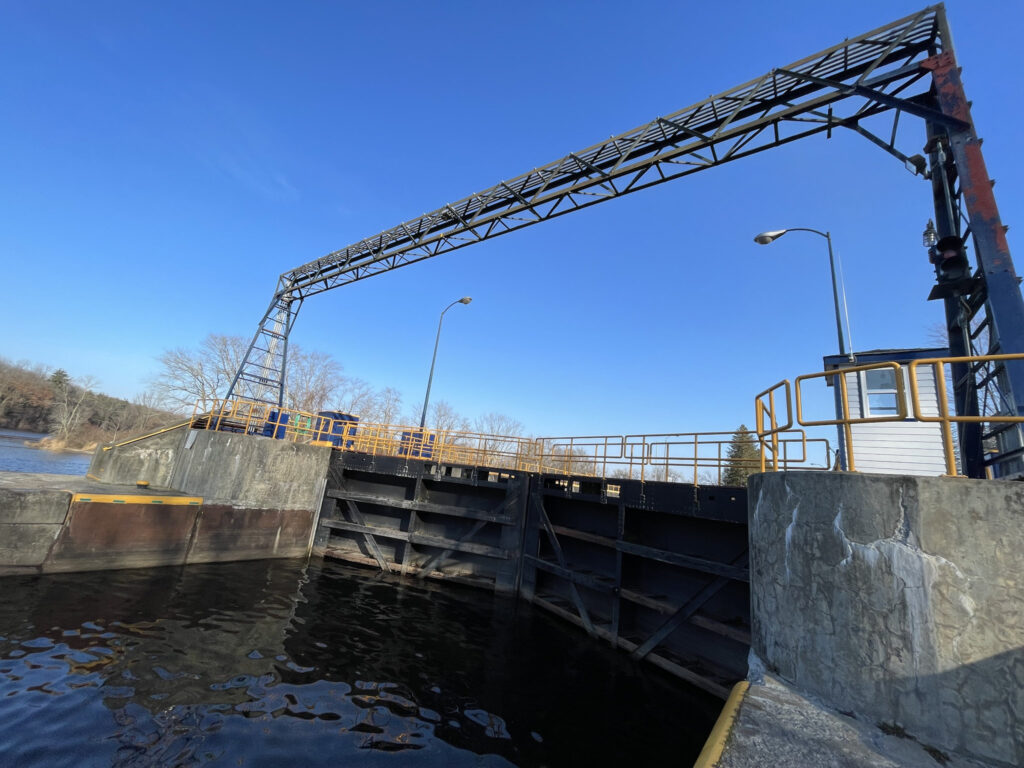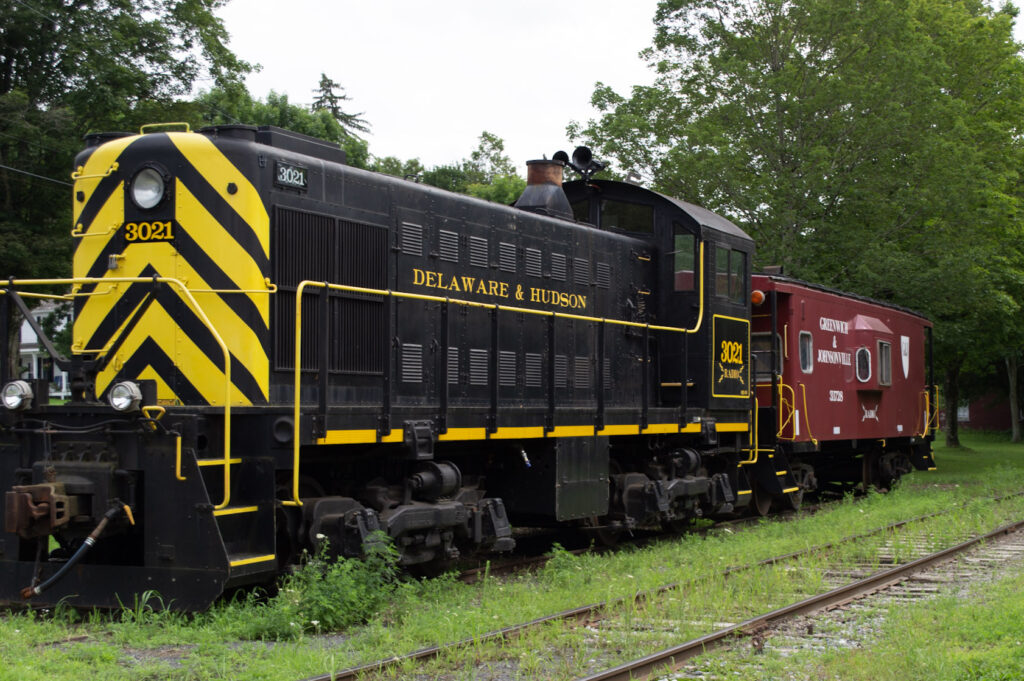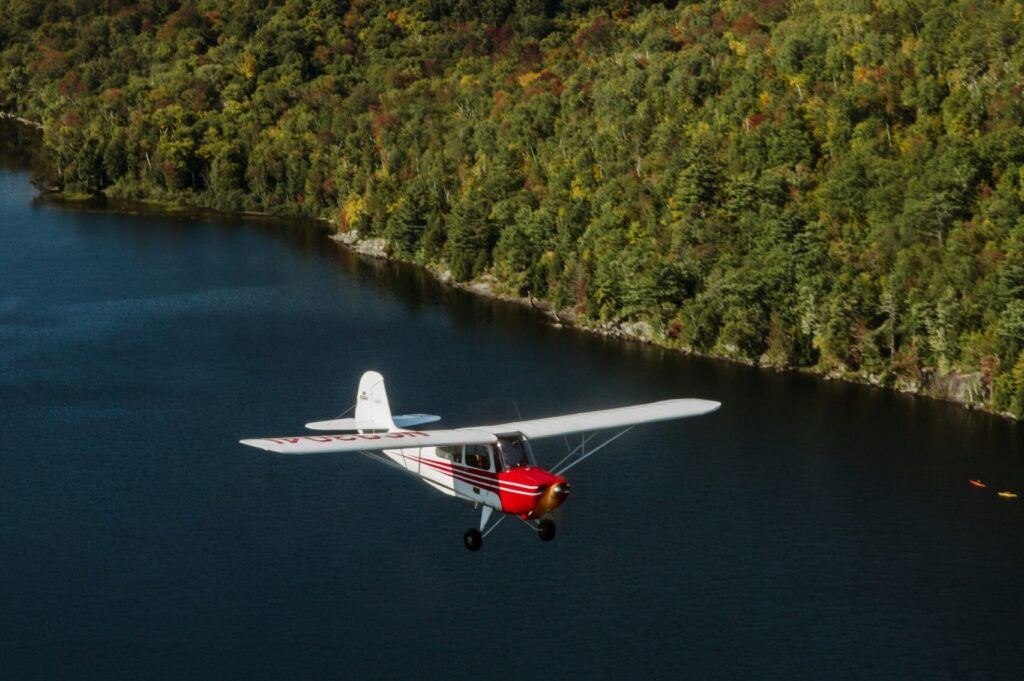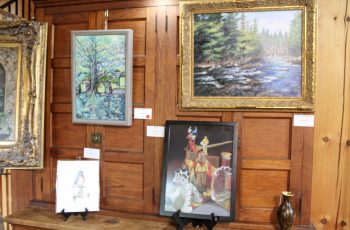Washington County, New York, has a rich and diverse history. Naturally, transportation has played a vital role in shaping the area from the beginning! From early Native American trails to modern highways, the county’s transportation network has evolved over time to meet the changing needs of its residents. Luckily, much of it remains well-preserved to the present day!
Let’s explore how transportation in the area changed through time – and how you can see it for yourself:
Native American Trails and Colonial Roads: the Earliest Transportation Methods
The earliest transportation method was, of course, by foot! Many of the oldest routes in Washington County, NY were initially created by Native Americans hunting, trading and traveling throughout the region.
As time went on, colonists continued to use many of these paths. In fact, one of those roads we now know as U.S. Route 4! First used by natives as the Great War Path from Lake Champlain to the Hudson Valley, it was then used by Burgoyne during his march in the American Revolution.
After European settlers arrived in Washington County, they began to define dirt roads to connect their communities. These roads were often rough and narrow, as well as difficult to travel in bad weather. However, they were essential for transporting goods and people.
Many families owned wagons of different styles, often pulled by either a horse or an ox. As more and more people used these unreliable dirt roads, they were replaced by wooden plank roads. To pay for the construction, the first toll roads in the area were created. In fact, you can still visit one at the Old Fort House Museum! Additionally, you can often experience horse-drawn wagon rides and other historic draft animal uses at events attended by the Washington County Draft Animal Association. Also, this area is also home to a fairly sizeable Amish community, who you can often see driving their wagons as you wander our beautiful back-roads.
Industry Thrives Through Canals and Railroads
In the early 19th century, canals were built in Washington County to transport goods more efficiently. The Champlain Canal, which connects Lake Champlain to the Hudson River, was particularly important. The canal allowed farmers and merchants to ship their goods to New York City and other valuable markets, helping trade flourish in the area.
Luckily, you can still enjoy historic canal infrastructure in the present day! They’re incredibly popular for both pleasure boating and on-land recreation. Explore the Glens Falls Feeder Trail Towpath, which includes the 5 Combines Locks, or check out the Coal Silos on the Champlain Canal! Learn more about the history behind our local canals.
Partially because the canals froze in the winter, railroads quickly became a popular method of transportation. In fact, one of the first rail lines in the nation ran through this area, connecting Albany and Schenectady in 1831. After the Civil War, the Hoosac Tunnel completed construction and linked this area up with the railways of New England and the Atlantic. This sparked what was called “railroad fever,” as construction began on many rail lines across the nation.
Later, the Greenwich and Johnsonville Railway connected the two towns on opposite side of the Hudson (in Washington and Rensselaer counties.) There, it connected to the main line to New England and beyond! After World War II, many rail companies went bankrupt and sold their iron rails for scrap. However, you can still see some of the remains of this rail line at the Hudson Crossing Park!
Additionally, visitors also enjoy exploring the historic Delaware & Hudson caboose at the Skeneborough Museum grounds, next to the remains of the sunken U.S.S. Ticonderoga. Plus, you can check out the historic Delaware and Hudson Railway depot when you use Fort Edward’s Amtrak station, or even stay the night in a 150+ year old D&H railroad station! And for those looking for a bit of fun, enjoy a craft beer in Argyle Brewing Company’s Cambridge depot location!
Airplanes and Automobiles: Modern Transportation
While the Model T was not the first car made, it was the first mass-manufactured at an affordable price. First released in 1908, by the 1920s half of all cars in America were Model Ts. Automobiles were more convenient and affordable than trains, and they quickly became the preferred mode of transportation. The construction of the Northway (Interstate 87) in the 1950s made it easier to travel to and from Washington County.
Since then, this area has become a popular spot for auto enthusiasts, both because of our stunning scenery and our antique car shows. Stop in for one of our driving tours, which include the Fiber Tour, Flannel Fall Crawl, Artisan Trails of Washington County, Art + Ag Tour and the County Bounty/Cheese Tour!
Finally, airplanes became an important mode of transportation throughout America in the mid-20th century, helping move both goods and people at much greater speeds than before.
In the present day, our region is well-served by the Albany International Airport a short drive away, featuring destinations world-wide. Yet flying as a hobby has also greatly increased in popularity!
Visit the Chapin Field, home to the Cambridge Valley Flying Club. There, you can fly at one of the oldest flying clubs in the nation, on a classic American “grass strip” which was previously a corn field.
Additionally, there’s another neat way to get into the sky! Check out the talented pilots and their beautiful hot air balloons annual Cambridge Balloon Festival each summer.
Want to know more about Washington County, New York?
Naturally, there’s much more to our beautiful area than our incredibly rich local history! Are you looking for more cool stuff to do? Check out our experiential Trails, exploring everything from antiques, maple and fiber to ice cream, hands-on experiences and haunted places!
For more neat information about local history, visit our 250th Anniversary page.
